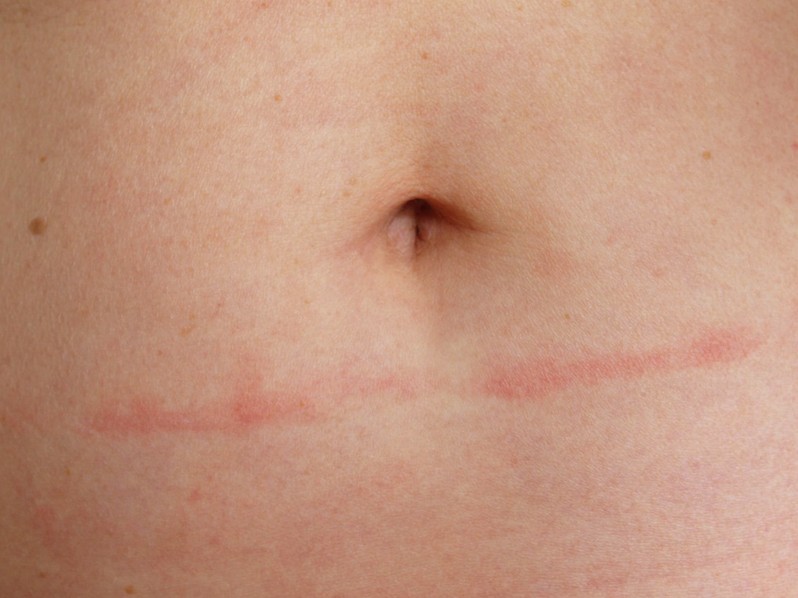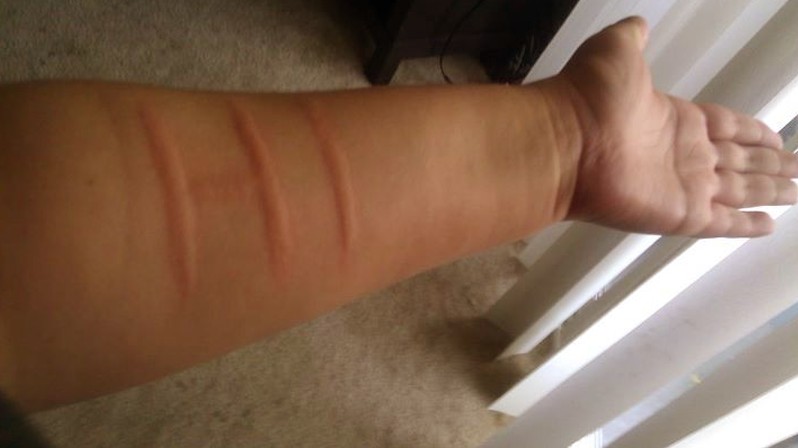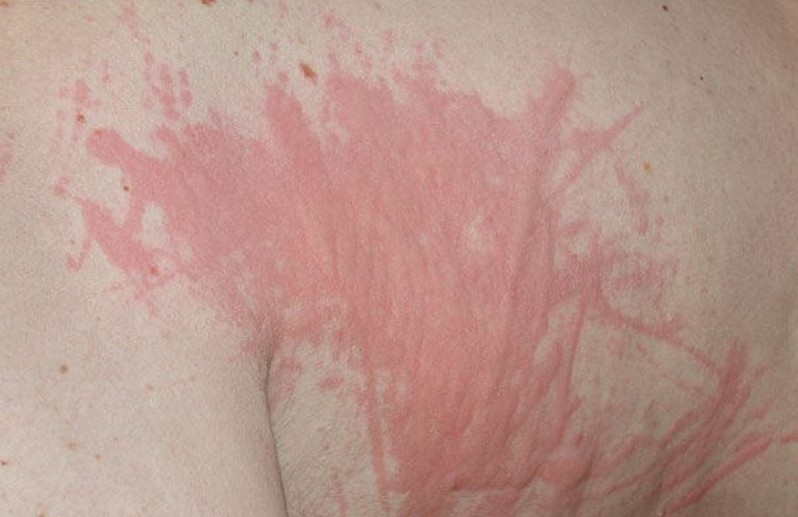Dermographism
What is Dermographism?
Dermographism is among the most common type of urticaria. This skin condition is characterized by wealing of the skin in a rather exaggerated manner. Dermographism is also referred to as dermatographic urticaria, dermatographism and skin writing. The term skin writing generally describes the characteristic of the disorder where a person affected can literally write on their skin as a result of the exaggerated response from a stimulus where a slight scratch can create a raised weal resembling a hive.
Dermographism is prevalent among young adults although it can occur at any age with the peak onset on the second to third decade of life. It can affect both the male and female gender and is found to be more common in female children. Prevalence in racial variance is unclear as most people with dermographism usually ignore the incidence.
Dermographism is considered to be the most common form of physical urticaria. Urticaria on the other hand is described as a distinct skin rash that often results from an allergic reaction. The rash or the hives produced in urticaria are very similar to the appearance of the rash in dermographism which is a raised bump that is itchy and pale red in color.
Dermographism is not a serious and life-threatening disease. It is not a contagious skin disease although it is a life-long disease. The disease however has a good prognosis, especially the simple dermographism which is asymptomatic. People with dermographism may remain healthy despite the onset of the hives except for those who are already sick prior to the onset of dermographism. Dermographism on the other hand lingers for several months to several years and may occur sporadically. It will, however, resolve on its own after it has lingered for several years.
Dermographism Symptoms
Dermographism tends to occur sporadically and an individual may suffer from this for some period of time. The disease however, is benign and usually resolves on its own after some time or after it has lingered for several months to several years.
The signs and symptoms of dermographism usually take a few minutes to occur after the skin has been scratched or rubbed. A friction from the clothing such as from the cuffs or collar of the clothes can initiate the onset of hives. There are cases however, that the onset will take a few days before it develops although this is rather rare.
The onset of dermographism may be asymptomatic or may be symptomatic. Simple dermographism is usually asymptomatic and wealing occurs without significant itchiness. Symptomatic dermographism is usually associated with itching which is often worse at night. The symptoms can be irritated further by heat such as from a hot shower or it can be aggravated with minimum pressure such as from light scratching. Emotional stress, exercise and other forms of stress are also considered to aggravate dermographism.
Dermographism can affect the entire skin surface of the body with the scalp and genitalia seldom involved in the process. The weal of dermographism is not the typical weal which is roundish but instead has a straight line. The lines of the hives in dermographism are elevated with pale-red to red in color. Inflammation and swelling are also present and itching may also be associated especially in symptomatic dermographism.
The response to stimuli of dermographism is exaggerated where a firm stroking or scratching of the skin will result to a prominent red line associated with swelling down the line including a red flare up in the adjacent skin. Itching may also be present in some cases while pain is often absent.
Dermographism also has different forms although these forms seldom occur and such are:
Red dermographism
It produces a more palpable wealing which is easily established with the stretching of the skin. This form of dermographism is easily induced by rubbing the skin. The weal formed is more prominent in the trunk. Red dermographism is thought to be associated with seborrheic dermatitis.
Delayed dermographism
Delayed dermographism takes about 3 to 8 hours from the time of dermographic response before the symptom shows up. It produces a deep red line with tender and burning weal. This form of dermographism is closely linked with pressure urticaria.
Cholinergic dermographism
Cholinergic dermographism produces a band of large erythema that is studded with small weal similar to cholinergic urticaria.
Follicular dermographism
Follicular dermographism elicits transitory, follicular and discrete papules of urticaria.
Familial dermographism
This is dermographism deemed inherited in an autosomal dominant pattern.
Dermographism Causes
The exact cause of dermographism remains unclear while several factors are being considered to contribute to the incidence. The exact mechanism of how dermographism is being provoked by the factors considered remains unknown as well.
Factors considered to trigger dermographism include the following:
Histamine
Histamine released by the mast cell in the surface of the skin is the most implicated in the onset of dermographism. The histamine is released in the absence of an antigen and as a result of the existence of a weak membrane that envelops the mast cells. The swelling of the skin affected by dermographism is believed to be due to the released histamine.
Allergic reaction
Allergic reaction to certain medication such as penicillin and other stimulants are considered to the onset of dermographism although the exact mechanism is not clearly understood.
Infection
Infection from certain microbes or harmful pathogens is believed to trigger the onset of dermographism. Helicobacter pylori, a Gram-negative microaerophilic bacterium and usually causes peptic ulcer and other digestive illnesses are also among the implicated to the onset of dermographism.
Genetic factor
The skin condition is believed to be an inherited disease which is passed on in an autosomal dominant pattern. A genetic factor is strongly suggested to the onset of dermographism although this factor still remains unclear.
Dermographism Pictures
Collection of Pictures, Pics and Photos of Dermographism…
Dermographism Treatment
Dermographism is a benign skin condition without a known cause. It is a skin condition usually come and goes and lingers for several months to several years. The disease usually resolves without treatment after several years.
Antihistamines such as diphenhydramine, cetirizine and fexofenadine are found to be beneficial in the relief of symptoms. Treatment is generally given in severe cases or if the disease proved to be bothersome to the patient.





